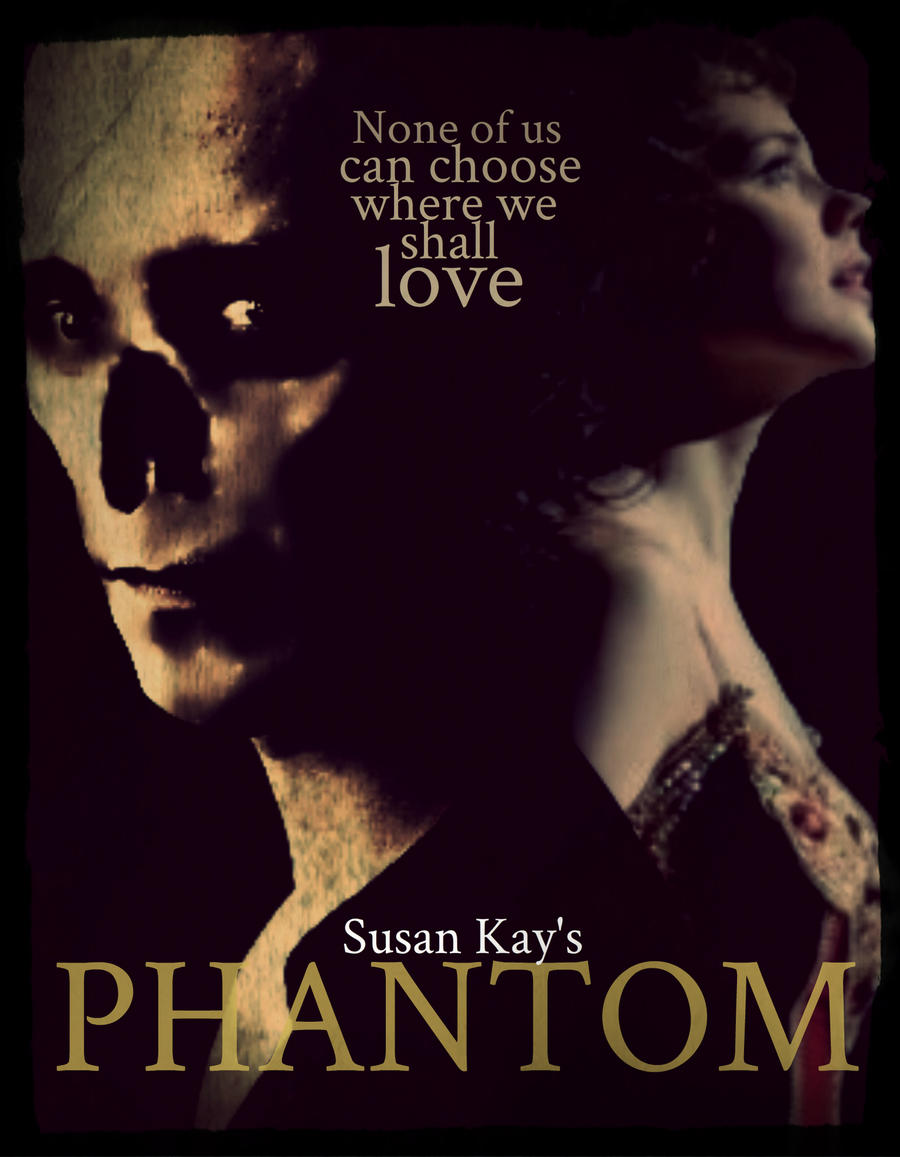“Many of the first poems known to us are magical chants that praise nature and explain things that people didn’t understand about nature—why the sun rises and sets, for example, or why there is thunder. Often these chants were intended to bring good fortune— to make crops grow or to bring sunshine or rain.”
The book begins inside of a history vault dating back thousands of years of tribal chants and praises. This quote kicking off the book explains why and how we have the topic of nature mostly in old poetry and songs.
‘Hymn to the Sun’ is devoted to showing the basis of poetry, and by that i mean poetry by the first people to verbalize their praise and wonderment unto why things happen the way they do. Honestly, when i picked this book up i noticed it for vibrancy of the yellow on the spine. Then i saw the title and immediately thought of Frank O’Hara and Vladimir Mayakovsky— who very famously wrote two conversations with the sun. O’Hara’s conversation even brings up Mayavosky’s conversation with the Sun. So, that was my prethought of the book. Just looking at the cover you can tell the illustration will be beautiful. What i did not expect was the historical value accompanying these beautiful pieces. The poetry is a valuable history lesson because it is not by the famous modernist authors everyone knows the name of. They are by tribes and Egyptians and any old group of people that sang and praised together as a communal event.
The very first poem is called ‘Hymn to the Sun’ by the Fang People, who reside in Africa, and it explains that the sun is a warrior who defeats his enemy every morning, the night. Describing the fight as “The fearful night sinks…Before your lightning eye and the rapid arrows from your fiery quiver…”
The other poems all have a similar touch point of something to do with explaining the sun, praising the sun, or even explaining thunder. They take on many different tones ranging from appreciation to fear.
My personal favorite of the 8 poems in this category is one call ‘Song for the Sun that disappeared behind the Rain clouds.’ by the Hottentot people of Africa.
“The fire darkens, the wood turns black,
The flame extinguishes, misfortune upon us.
God sets out in search of the sun.
The rainbow sparkles in his hand,
the bow of the divine hunter.
He has heard the lamentations of his children.
He walks along the milky way, he collects the stars.
With quick arms he piles them into a basket
Piles them up with quick arms
Like a woman who collects lizards
And piles them into her pot, piles them
Until the pot overflows with lizards
Until the basket overflows with light.”
This is roughly translated, and at first in was thinking ‘wait, the milky way? How did they know about that?!’ and so i did some research and as it turns out, the Greeks named it. They originally named it Via Lactea, which means Road of Milk, and the Romans were the ones who basically started calling it the Milky Way. So, along with beautiful images and wonder it provided me with a lesson on the Milky Way.
I would most definitely recommend this read. Thus far in “Talking to the Sun” i have gotten a lot out of the poems. The book does provide small sidebar explanations, and that is helpful. The read is insightful and does kick up curiosity in a pretty enormous way. So, if you are looking for an educationally exciting read, this book is for you.


